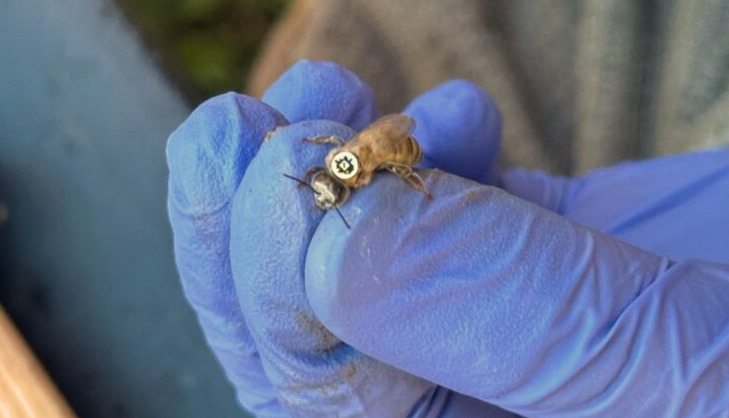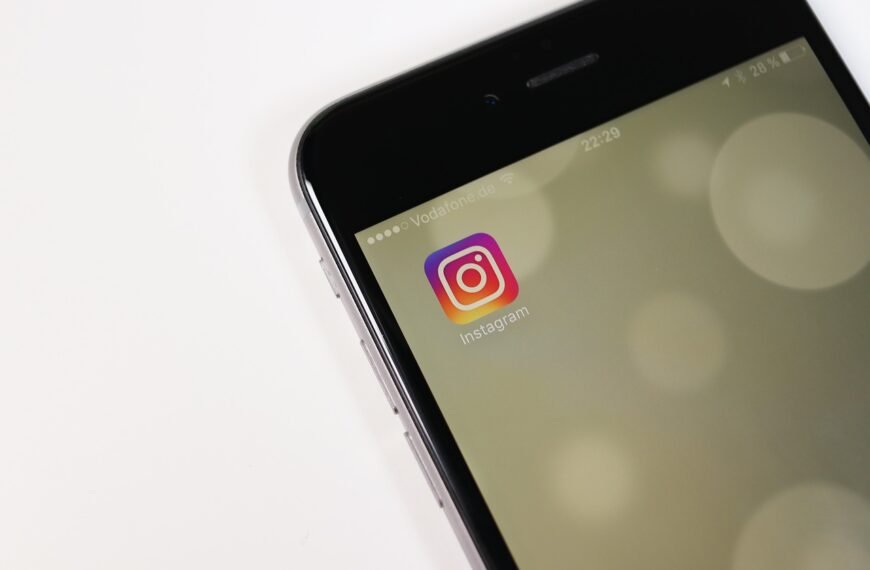Scientists have made an exciting breakthrough in understanding bee behavior by using tiny QR codes to track their movements. Researchers from Penn State University have discovered new insights into how bees forage, explore, and live longer than previously thought.
By attaching small QR code-like tags to bees’ backs, the team monitored their daily activities. They found that most bees take quick trips close to their hive, but some spend up to two hours outside, either searching for food or exploring new areas. The study also challenges the common belief that bees only live for 28 days. The data suggests that some bees are actively foraging for up to six weeks, meaning their lifespans are longer than scientists once assumed.
The process of tagging bees required precision. Too little glue, and the bees would remove the tags. Too much, and it could interfere with their movement. Once successfully attached, these QR codes allowed scientists to track more than 32,000 bees using an automated imaging system that worked around the clock. Unlike traditional research methods that rely on short human observations, this technology provides continuous monitoring, offering deeper insights into bee behavior.
The researchers hope this method can be used in future studies to understand how far bees travel for food and whether they stay closer to their hive when there are enough high-quality food sources nearby. If beekeepers can ensure a rich local food supply, they may be able to limit bee foraging distances, helping improve sustainable and organic beekeeping practices.
This research could play a crucial role in strengthening beekeeping standards, particularly in pesticide-free zones. By tracking bee movements, scientists aim to create better guidelines for hive placement and food source management. With these new insights, the future of beekeeping and pollinator conservation looks brighter than ever.



















